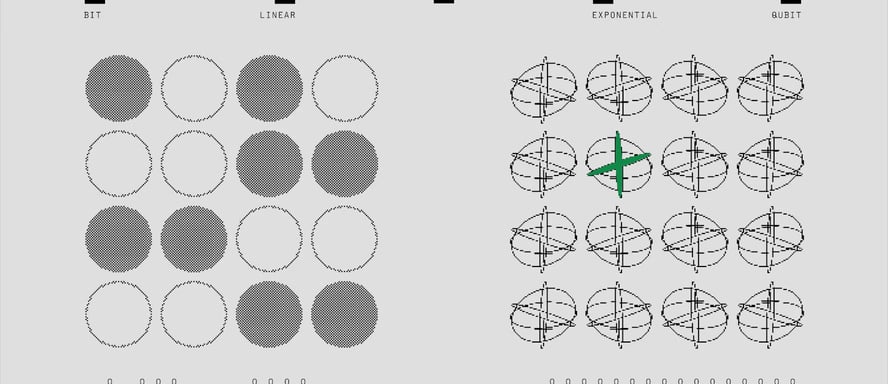Navigating the Future of Digital Strategy through Life 3.0
In this article, I reflect on insights from Life 3.0 by Max Tegmark and explore how AI is transforming digital strategy, product design, and leadership. I discuss the importance of human-centered AI, ethical considerations, and strategic foresight to future-proof businesses while ensuring that technological innovation aligns with core human values.
ARTIFICIAL INTELLIGENCE
Manu Dubey
10/2/20243 min read


As someone working in digital strategy and product design, it’s critical to stay ahead of emerging trends, especially those involving technology’s role in shaping the future. Reading Life 3.0: Being Human in the Age of Artificial Intelligence by Max Tegmark has been an eye-opening experience, offering profound insights into how AI is transforming our world—and how it will reshape the very essence of human experience, from personal lives to global economies.
The book highlights the incredible possibilities AI brings, but also emphasises the importance of being strategic and thoughtful about how we integrate these technologies into society. This resonates deeply with my own work in digital strategy, where innovation must balance user needs, ethical considerations, and long-term sustainability.
AI as the Architect of the Future
Tegmark introduces the idea of "Life 3.0" as a phase where humans and AI work symbiotically to evolve not just biologically, but digitally. This has profound implications for industries that rely on digital platforms. In my role, I’m always thinking about how to integrate cutting-edge technology to create solutions that not only solve problems today but set a foundation for future innovation.
From my perspective, AI is already shaping the way we approach product design, customer experience, and business strategy. Automated processes, predictive analytics, and AI-driven personalisation are allowing us to offer more relevant and efficient digital services. But Tegmark’s work pushes us to think even further—how can we ensure that as AI grows more advanced, we maintain control of its direction, while keeping it aligned with our core human values?
Human-Centered AI and Digital Experience
In Life 3.0, Tegmark poses questions around how AI will impact human agency and purpose. This challenges us, especially those working on customer experience and digital platforms, to think more critically about user-centricity in an AI-driven world. As AI becomes more pervasive, we need to design systems that remain intuitive, inclusive, and respectful of user autonomy.
For example, AI can drastically enhance personalisation in digital products, but it also raises questions about data privacy and user trust. How do we build systems that offer personalised, valuable experiences without exploiting user data? Tegmark’s work underscores the need for transparency and ethical frameworks that guide AI development, a principle I apply when developing digital strategies for platforms that cater to diverse audiences.
Strategic Foresight:
Preparing for the AI Revolution
The rapid advancement of AI will not only affect how businesses operate but how industries evolve. Tegmark discusses scenarios where AI may replace jobs, create new markets, or even redefine what it means to work. In a strategic design context, this invites us to think ahead: How can we future-proof our business models and strategies against inevitable shifts in the job market and user needs?
One key takeaway from Life 3.0 is the importance of adaptability. In my own projects, I’ve found that building flexibility into digital platforms and strategies is crucial for staying resilient. AI can accelerate change, so the products and services we design must be agile enough to pivot quickly in response to technological advances. This principle aligns with the frameworks I’ve developed—whether it’s modular design systems or data-driven decision-making tools—to ensure that digital strategies remain relevant in fast-evolving environments.
Ethical AI in Digital Strategy
Tegmark encourages a reflective approach to AI, highlighting its ethical implications. As someone responsible for shaping digital platforms, I see this as a call to action. AI has the potential to amplify both good and harm, so it's our responsibility to ensure that the technology we implement is used responsibly.
Incorporating ethics into AI-driven products is a growing focus in my field. Whether it's ensuring fair and unbiased algorithms or designing for inclusivity, the ethical decisions we make now will define the future digital landscape. Tegmark’s work is a reminder that ethical AI isn’t just a nice-to-have—it’s critical for long-term success.
Conclusion:
The Role of Leadership in AI’s Future
Life 3.0 provides a framework for thinking about AI’s future, but it also calls on leaders across industries to guide that future responsibly. As someone working at the intersection of technology, design, and strategy, this responsibility feels especially pertinent. The decisions we make in today’s digital strategies will influence how businesses, and even societies, function in the years to come.
My takeaway from Tegmark’s book is that AI will undoubtedly transform industries, but the human element—our creativity, ethics, and sense of purpose—must remain at the core of that transformation. As we design systems and strategies to navigate the future, we should focus not just on technological possibilities, but on building a future that serves both humanity and innovation in harmony.
In my work, I’m inspired to continue pushing the boundaries of what’s possible with AI while ensuring that it aligns with the values that make our digital world a better place for everyone. Life 3.0 serves as both a cautionary tale and a visionary guide, reminding us that the future is something we actively shape through the choices we make today.
